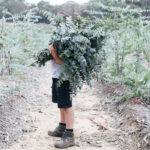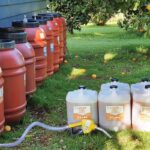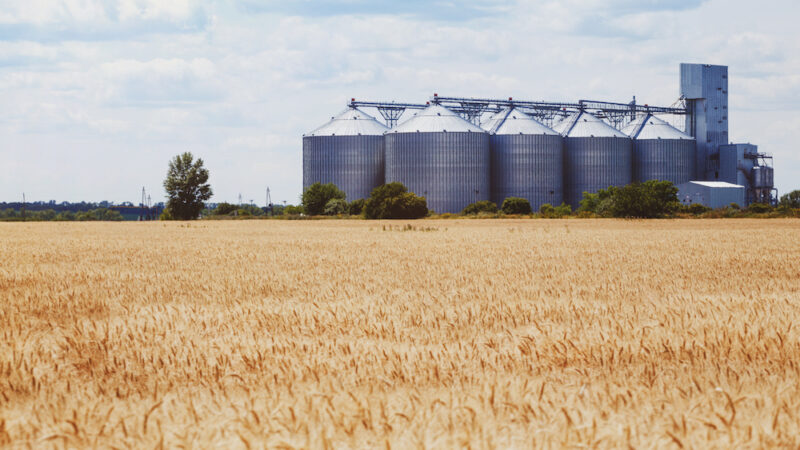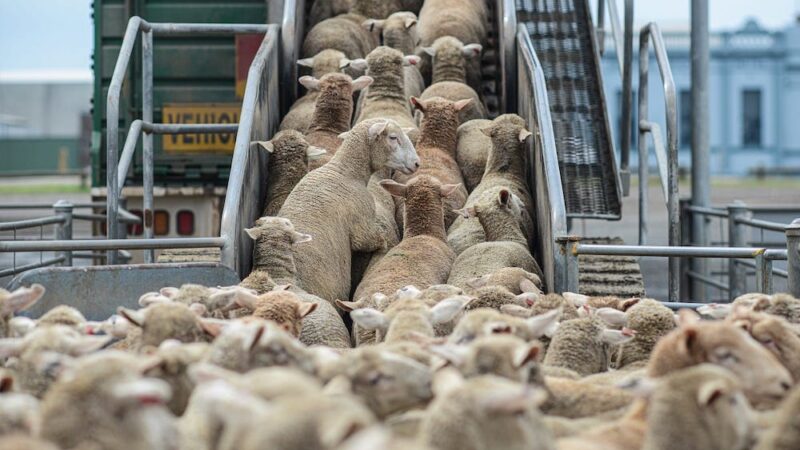The NSW Government has moved to limit the average workers compensation insurance premium increase to…
Public liability insurance backs farmers into a corner
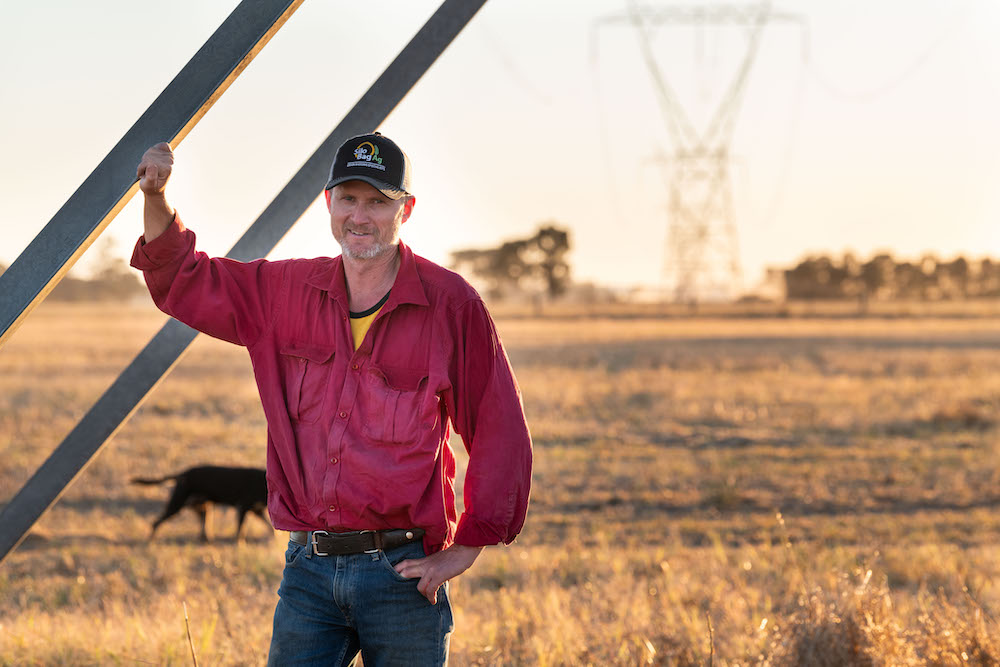
Public liability insurance of up to $20 million is commonly sought by farmers, but those who neighbour renewable energy developments are concerned this will not cover the risk to solar and wind projects worth hundreds of millions. Photography: Rachael Lenehan.
Stephen Pumpa’s generational family farm is about to be surrounded by one of Australia’s largest solar energy developments.
French renewables company Neoen has started construction of the Culcairn Solar Farm project, which will span 1,000 hectares and border Stephen’s farm on three sides.
The fourth-generation farmer objected to the development application over the four-year consultation period but has now accepted he must adapt to the glaring new neighbour.
“It’s a massive change in land use from agricultural to industrial. The land that they are leasing has been cropped for 15-plus years, and is probably 98 per cent arable,” Stephen said.
Stephen runs a 720-hectare mixed farming enterprise encompassing meat, wool, grain and fodder production.
“They have been granted to do whatever they are going do, so we are just going to have to work on protecting ourselves and our business. It’s a good spot with a good climate and the soil allows us to grow and produce all sorts of things.”

From rural to industrial
Neoen says the 440 MWp solar plant, which will connect to the on-site 330 kV Transgrid transmission, will have the ability to provide power to 155,000 homes.
“I will be treating them just like any other rural neighbour, notifying them when I am burning off or moving livestock,” Stephen says. “However, the public liability insurance issue has created a huge uncertainty for our business.
“I know that farm businesses can get up to $50 million in public liability insurance, but if fire gets away from our place and only damages 10 per cent of a $600 million investment, you are gone for at least $60 million. You could become insolvent overnight.
“My insurance company said I could insure for as much as I like, but once you go above that $50 million, the premium costs are prohibitive. It’s gone from a rural setting to an industrial setting and no insurance implications have been considered.”
Stephen said he voiced these concerns during the consultation process and has met with company representatives on several occasions to discuss buffer zones and right to farm implications like movement of machinery and livestock and cropping operations.
“You are always talking to different people though, so not a lot gets resolved,” he says.
“With the exception of the Greater Hume Council, the government departments to this point have showed little to no understanding of farming businesses. They had no answers to my questions and concerns raised during the consultation process.
“Care for the environment is also lacking, given the proposed removal of ancient gum trees and the associated destruction of an entire ecosystem that comes about with the establishment of an industrial estate.
“I support renewable energy and use it on my farm, but not large-scale projects in the wrong place on prime agricultural land.”
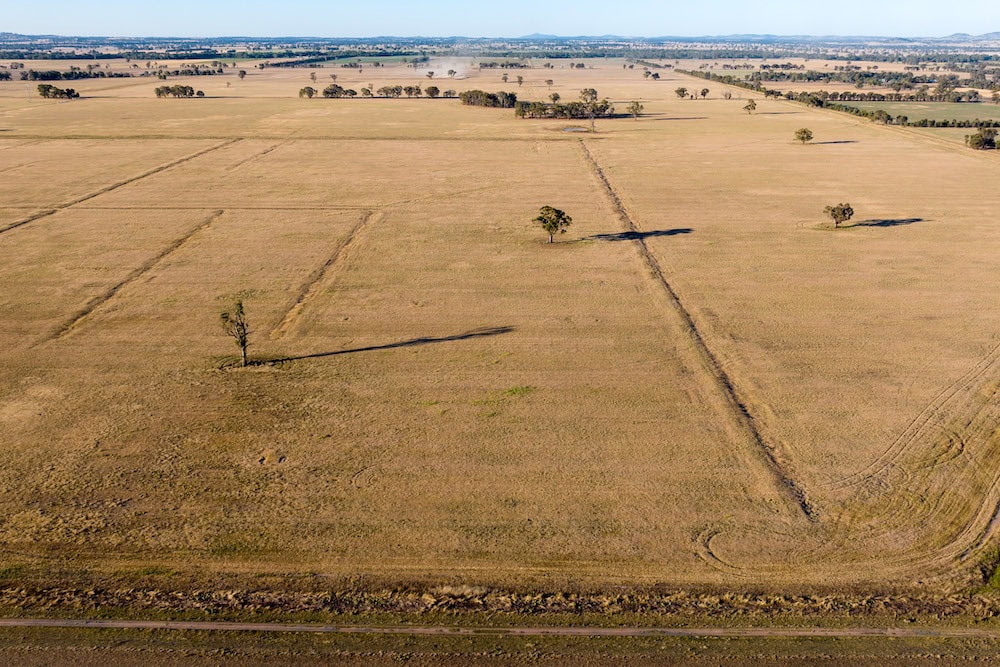
Insurance woes widespread
Stephen Pumpa’s public liability insurance woes are shared by fellow farmers in the Central West of NSW and in Victoria.
Bathurst-based Nationals MLC, Sam Faraway, told parliament that farmers with properties adjacent to solar farms in the Central West have been refused public liability insurance.
The Nationals Member for Northern Victoria Region, Gaelle Broad, said farmers in her electorate have also raised concerns about skyrocketing insurance premiums.
Ms Broad said farmers could lose everything if found negligent of accidently starting a fire with a chainsaw, slasher or grinder and it spread and caused damage to solar infrastructure.
“With current farm insurance anywhere between $10 million and $20 million, some farmers have been told they may need to look overseas to find higher levels of insurance,” Ms Broad said.
“It is clearly not enough when you consider developments such as the Meadow Creek Solar Farm near Wangaratta – with a proposed value of $750 million – or the Cooba Solar Project in Central Victoria, with a proposed development that includes 740,000 solar panels in Colbinabbin.
“Some farmers have been told that to obtain the right level of insurance cover they will be facing a $50,000 rise in premiums each year.”
Farm insurance concerns were also highlighted in the 2022 NSW Ag Commissioner’s ‘Renewable energy generation and agriculture in NSW’s rural landscape and economy’ report.
It states farmers provided evidence that their insurer would not increase public liability cover above $20 million.

“In the absence of adequate insurance coverage, some neighbouring landholders may feel compelled to adjust their land use practices in order to mitigate fire risk such as changing from cropping to grazing and bear a loss of productivity and profitability of that land,” the report states.
The report backed a recommendation from the NSW Farmers’ Billabong (Henty) branch that when suitable insurance cannot be obtained, the developer should indemnify neighbouring farm businesses for reasonable, uninsurable risks relating to typical public liability cover.
Stephen Pumpa said all farms within a five-kilometre radius of a ‘solar factory’ should have indemnity.
“Direct neighbours such as me are not the only ones who could be impacted,” he says. “A fire could start on a property 10 kilometres away and quickly spread. It’s certainly happened before.
“Drop a pin on the site and indemnify all farmers within a five-kilometre radius. It’s a simple solution that should be pursued.”
The Ag Commissioner also recommended that renewable project applicants should cover any additional public liability insurance costs incurred by neighbouring landholders, and the standard commercial agreement should include clauses to compensate for any land use constraints imposed by a lack of insurance.
NSW Farmers has consulted with The Insurance Council of Australia, who indicated that any additional cover sought would likely be available in the market but at a higher premium in line with the higher coverage limit provided.
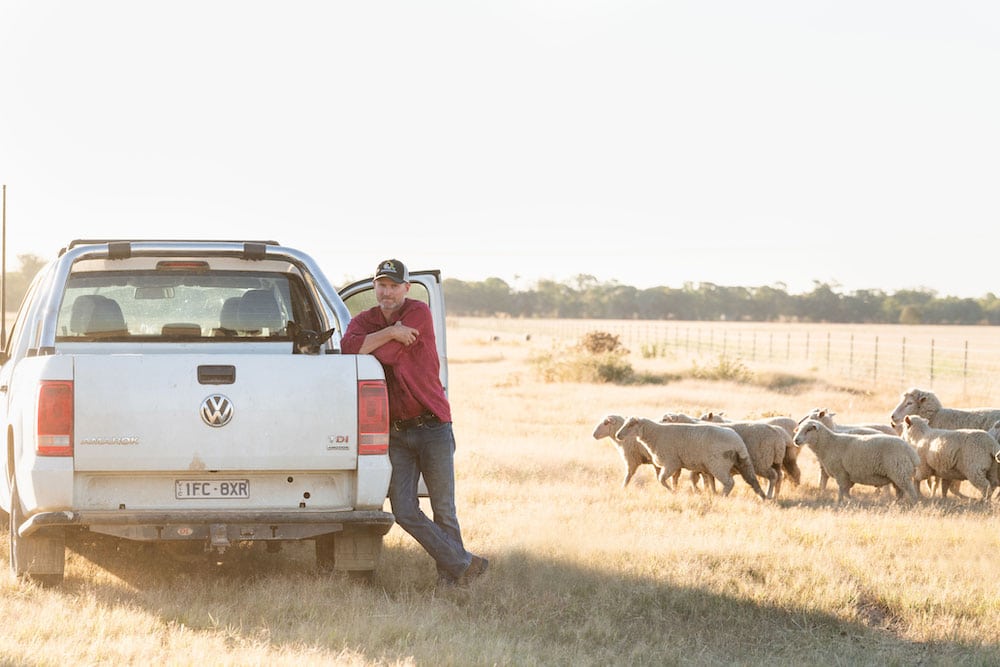
Negotiating a future
Minister for Energy, Penny Sharpe, said the Department of Planning and Environment’s Private Agreement Guidelines highlights the need for renewable energy developers to consider negotiating agreements with neighbouring landholders.
The guidelines, described as the ‘Energy Policy Framework’, went on public exhibition in November 2023, and will be officially released in early 2024. (I’ll check on this before print)
The guidelines explain how the impacts of renewable energy projects and transmission infrastructure will be assessed and managed and are intended to promote transparency and clarity about where and how development occurs.
However, there is no mention of solutions to public liability insurance issues for neighbouring farms.
“Although the indemnification of liabilities is a commercial matter between developers and landholders, including those adjacent to renewable energy developments, my department will continue to engage with relevant stakeholders to monitor this issue,” Ms Sharpe said.
“I understand that the fire risk for renewable energy projects is very low. There are fire risks around transmission lines. The biggest fire risks are extreme weather events.”
Renewable project developers are required to conduct a Bushfire Risk Assessment as part of their Environmental Impact Statement (EIS). This Assessment includes consulting with the NSW Rural Fire Service (RFS), ensuring access to fire fighters, water supply, understanding vegetation hazards and managing those with protection zones, and preparing a Bushfire Management Plan.
The NSW RFS has developed a draft Operational Protocol for incidents involving large scale solar arrays and battery storage systems.
If you enjoyed this story on public liability insurance, you might like to read about the case for and against nuclear energy in Australia.


